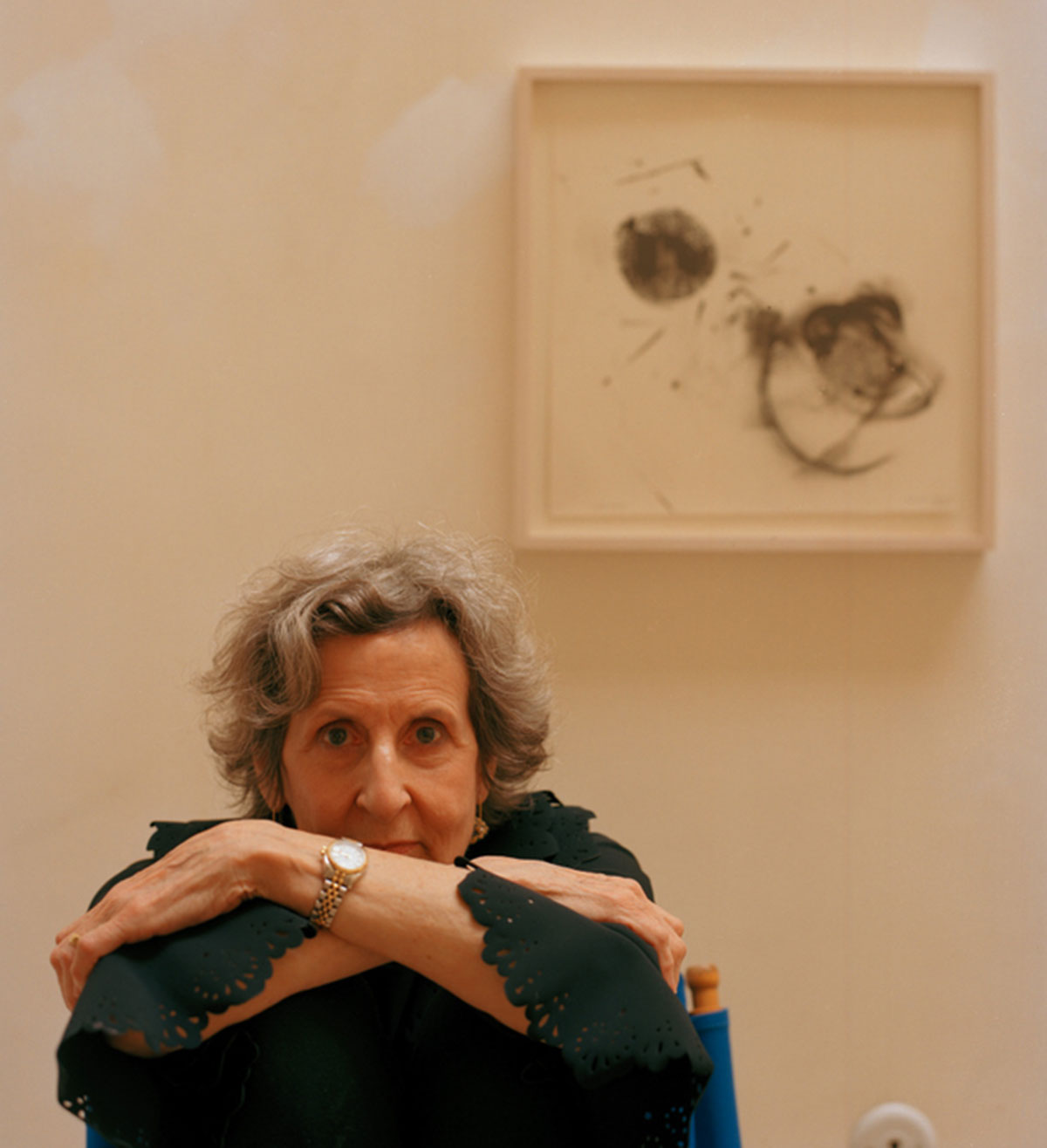One of the most acclaimed and influential choreographers and dancers of her time, Trisha Brown’s groundbreaking work forever changed the landscape of art. From her roots in rural Aberdeen, Washington, her birthplace, Brown arrived in New York in 1961. A student of Anna Halprin, Brown participated in the choreographic composition workshops taught by Robert Dunn – from which Judson Dance Theater was born – greatly contributing to the fervent of interdisciplinary creativity that defined 1960s New York. Expanding the physical behaviors that qualified as dance, she discovered the extraordinary in the everyday, and brought tasks, rulegames, natural movement and improvisation into the making of choreography.
With the founding of the Trisha Brown Dance Company in 1970, Brown set off on her own distinctive path of artistic investigation and ceaseless experimentation, which extended for forty years. The creator of over 100 choreographies, six operas, and a graphic artist, whose drawings have earned recognition in numerous museum exhibitions and collections, Brown’s earliest works took impetus from the cityscape of downtown SoHo, where she was a pioneering settler. In the 1970s, as Brown strove to invent an original abstract movement language – one of her singular achievements – it was art galleries, museums and international exhibitions that provided her work its most important presentation context. Indeed, contemporary projects to introduce choreography to the museum setting are unthinkable apart from the exemplary model that Brown established.
Brown’s movement vocabulary, and the new methods that she and her dancers adopted to train their bodies, remain one of her most pervasively impactful legacies within international dance practice. Brown became a master orchestrator of collaboration; she used her own body, language and images to elicit and catalyze her dancers’ improvisations, which she edited and structured as choreographies. A major turning point in Brown’s career occurred in 1979, when she transitioned from working in non-traditional and art world settings to assume the role of a choreographer working within the institutional framework associated with dancing – the proscenium stage.
Today the Trisha Brown Dance Company continues to perpetuate Brown’s legacy through its ‘Trisha Brown: In Plain Site’ initiative. Through it, the company draws on Brown’s model for reinvigorating her choreography through its re-siting in relation to new contexts that include outdoor sites, and museum settings and collections. The company is also involved in an ongoing process of reconstructing and remounting major works that Brown created for the proscenium stage between 1979 and 2011. In addition, the company continues its work to consolidate Trisha Brown’s artistic legacy through their management of her vast archives of notebooks; correspondence; critical reviews; and an unprecedented moving image catalogue raisonné, which records her meticulous creative process over many decades.
